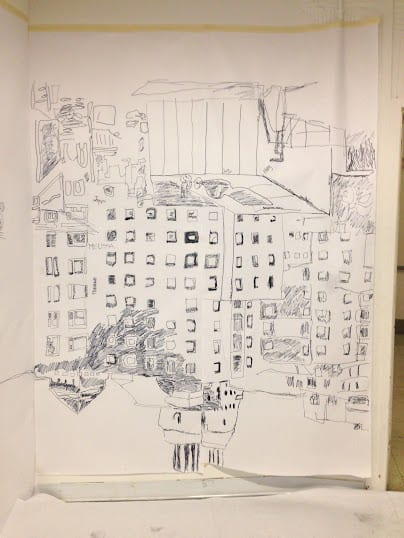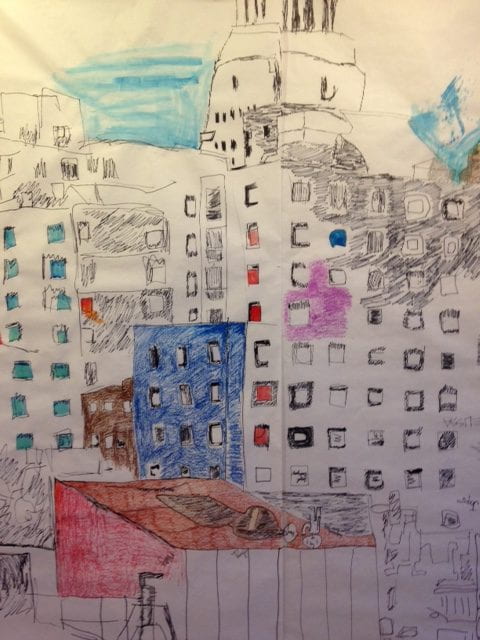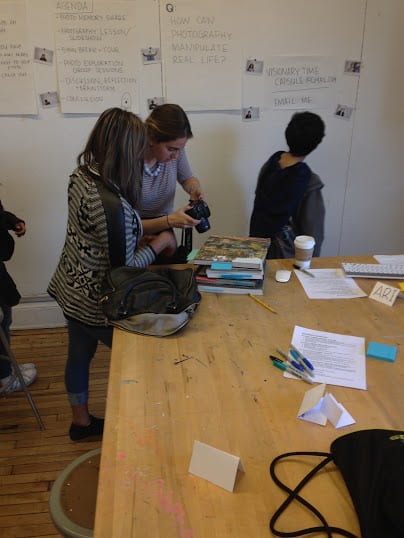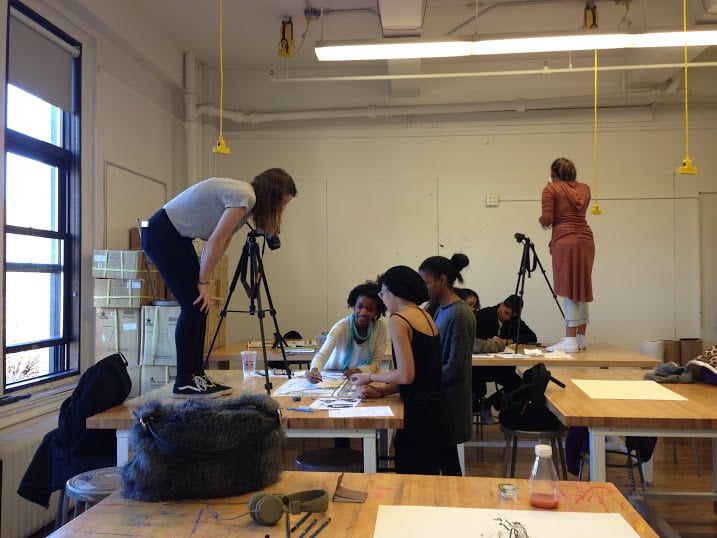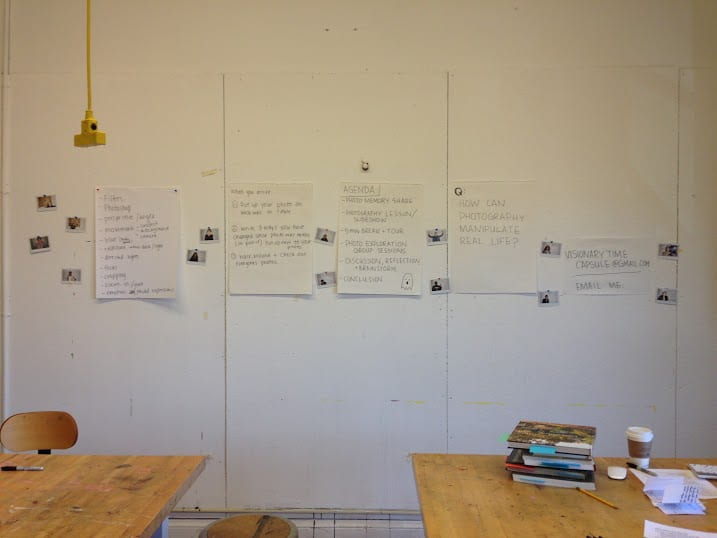by Letizia Balzi
Repeat, fast-forward, rewind, pause, recycle, live, delay: these terms are part of the language we use to describe how temporality is manipulated in the contemporary world.
The work of contemporary artists examined in this unit explores some of the tensions embedded in recent experiences of time. These experiences include watching time pass; marking, suspending, condensing, or elongating its flow; developing narratives based on cyclical, organic, or illogical models of time; addressing history through the memory of oppressions, displacements, and alienation; and considering how the past infects the present.
Centered around the question, “How do artists evoke and transform time in their work?”, students develop their own time based work in this unit, employing relevant strategies to question its history, passage, duration, or logic.
Subquestions examined as part of this investigation of time include:
- How does your lived past affect you today? How have you changed over time? In what ways have your life or you as an individual improved? Worsened?
- How has our collective past influenced our present? What major changes have occurred in the past century? What change was the most significant to you? What implications have they had on your life?
- How is history told? Where can we find stories of the past today? Who is telling the story? What parts of the (hi)story are factual or fictitious?
- How do we tell the stories of our personal stories or communal histories? How can reflecting on the past and acting in the present make changes for the future?
STUDENT WORK AND PROCESS
